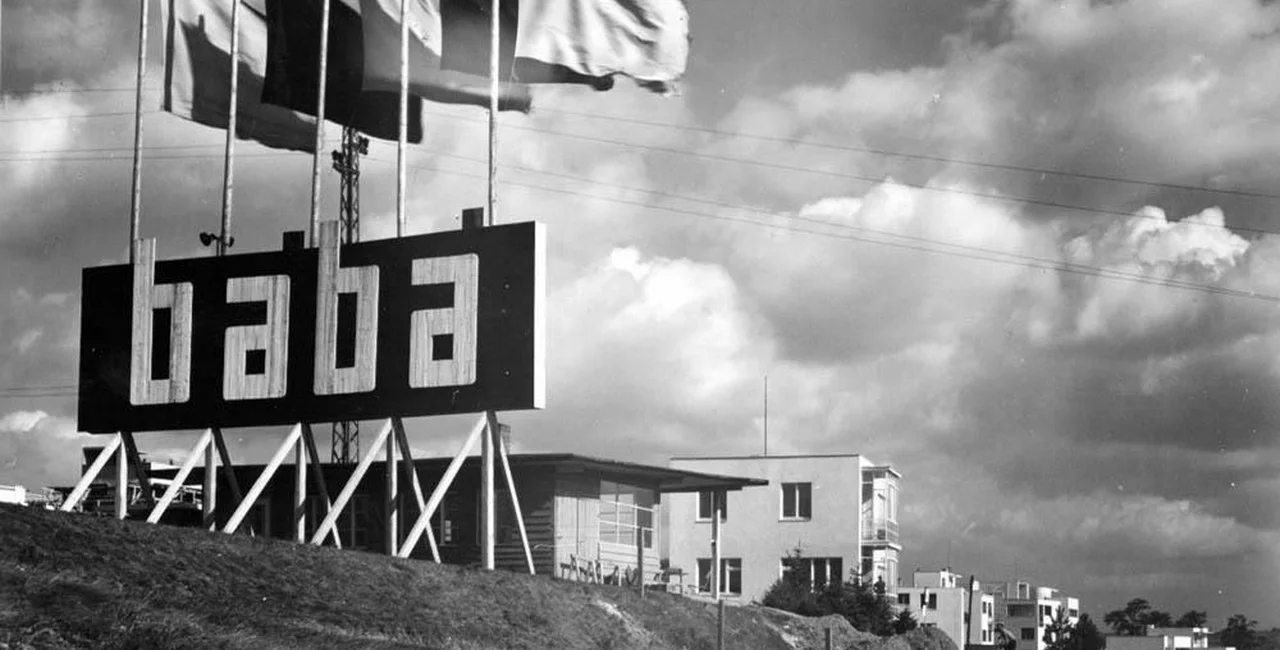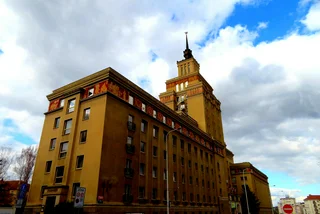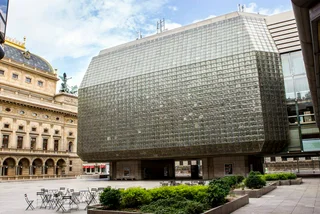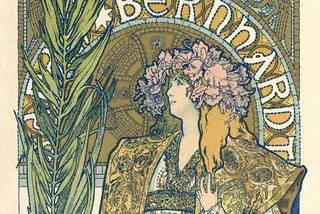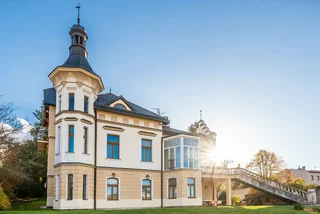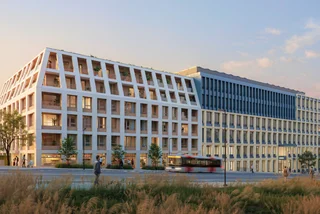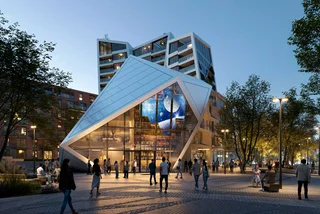While Prague is known for its historical Baroque buildings, it also has a lot of modern architecture. Prague City Hall has launched a new website dedicated to the functionalist Baba neighborhood in Prague 6. At the same time, City Hall has started an architectural study on the public spaces in this area. Local residents will also be involved in the design of the final form.
Last year, the Baba complex won the European Heritage Label (EHL), given out by the European Commission. The application was submitted in 2018 as part of the project to recognize Werkbund Residential Complexes in Europe 1927–32. These includes five interwar experimental residential complexes located in Stuttgart, Wrocław, Vienna, Brno, and Prague. There is also a complex in Zurich, which was not included in the award as Switzerland is not part of the EU.
“The Werkbund Estates have an important place in the history of architecture in Europe, but the evolution of the settlements over time also reflects the various political and social situations between the East and the West,” the European Commission said when the award was announced.
“Their social, emancipatory, aesthetic and technical aspirations and the lessons learnt remain a source of inspiration for the present day where several European countries are also struggling to provide adequate social housing for their populations,” the EC added.
Deutscher Werkbund was an association of German artists, architects, and designers established in 1907. The group was instrumental in the development of Bauhaus architecture. They built the first Werkbund housing project in 1927 in Stuttgart as a way to address the housing shortage, and sent out an international call for other architects in Europe to follow their lead.
Architect Pavel Janák was the head of the Czechoslovak Werkbund organization. He was primarily responsible for the design of the Baba neighborhood.
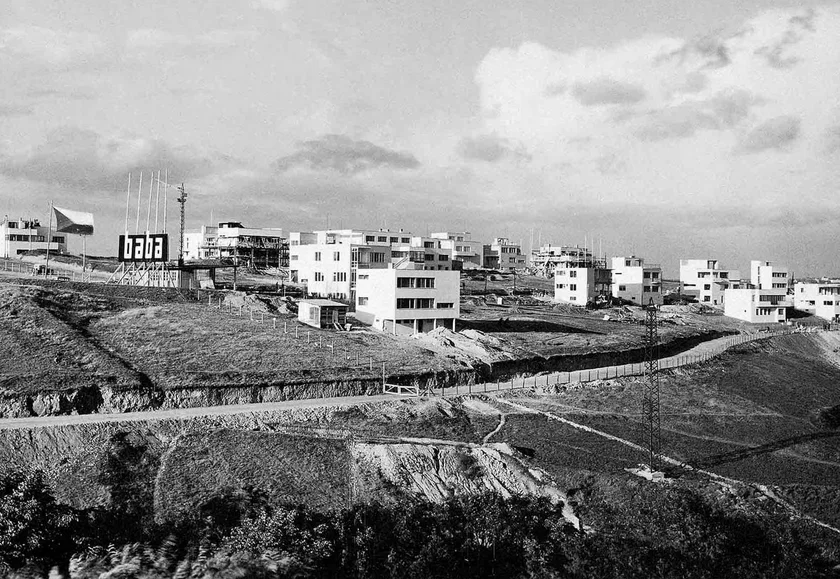
Between 1932 and ’36, a total of 33 houses were built and have been preserved. They are privately owned and have been listed as Czech heritage sites since 1993. Due the economic crisis in the 1930s, several planned structures such as sports pavilion and cafe pavilion were never built.
“The Baba estate is a valuable example of interwar architecture, especially in terms of its sense of proportionality and urban and landscape design. Unlike other Werkbund estates, the houses were not built as ‘manifestations,’ but their creation was based on a dialogue between the architects and the building owners (investors). This contributed to the Baba estate’s enormous influence on the spread of the ideas of functionalism in the field of housing, not only in Czechoslovakia but also internationally,” the Baba1932 website states.
In preparation for the EHL award, the Baba 1932 project was launched at the same time, aimed at raising awareness of this part of Prague’s cultural heritage. It includes activities planned directly in the public space. The capital is now moving into virtual space and has launched a new website at www.baba1932.com with comprehensive information about Baba in Czech, English, German, and Polish.
The Baba 1932 project includes the already underway territorial study, which will become the basis for modifying the surrounding public spaces. The study is established in cooperation with the Prague Institute of Planning and Development (IPR Praha) and the winner of the public tender, the studio ARCHUM architekti.
The study addresses how public spaces will be revitalized and cultivated, which will improve the appearance of the Baba monument zone and at the same time improve the quality of housing and the value of local real estate, according to City Hall.
“Prague has entered the history of world architecture several times. One of its peaks is the functionalist settlement of Baba,” City Councilor Hana Třeštíková, responsible for culture, monument care, exhibitions, and tourism, said.
“The city is now paying off a long-term debt to this unique area: thanks to the Baba 1932 project, a high-quality public space will be created here, as well as facilities for visitors. At the same time, the territorial study will protect Baba from inappropriate interventions,” she added.
Prague Deputy Mayor Petr Hlaváček, responsible for territorial development, said the city was preparing to revitalize the public space with regard to the original appearance at the time of the construction of the Baba residential complex.
“At that time, it was a unique and at the same time one of the last pan-European urban joint projects of construction on a green field. The aim of the new study is to support, preserve and develop historical value based on sustainable monument protection, improve the living environment for local residents and create quality facilities, including the technical infrastructure of this exceptional location,” Hlaváček said.
“At the same time, we do not expect fundamental changes for the life of the inhabitants in the given place or an increased concentration of tourists,” he added.
The Baba settlement will acquires a look and quality comparable to other residential areas of the Werkbund project, City Hall stated. A part of the study will also be a participatory process, in which residents of the complex in particular will be involved. The purpose of this step is to start a broad debate not only on the form of revitalization of the space, but also on the content of activities that are the content of the project.
The Baba 1932 project is overseen by the municipal Department of Monument Care in cooperation with the Prague 6 district, the National Preservation Institute (NPÚ), and IPR Praha. Their common goal is to restore the settlement’s charm as a unique example of the European interwar avant-garde.












 Reading time: 4 minutes
Reading time: 4 minutes 